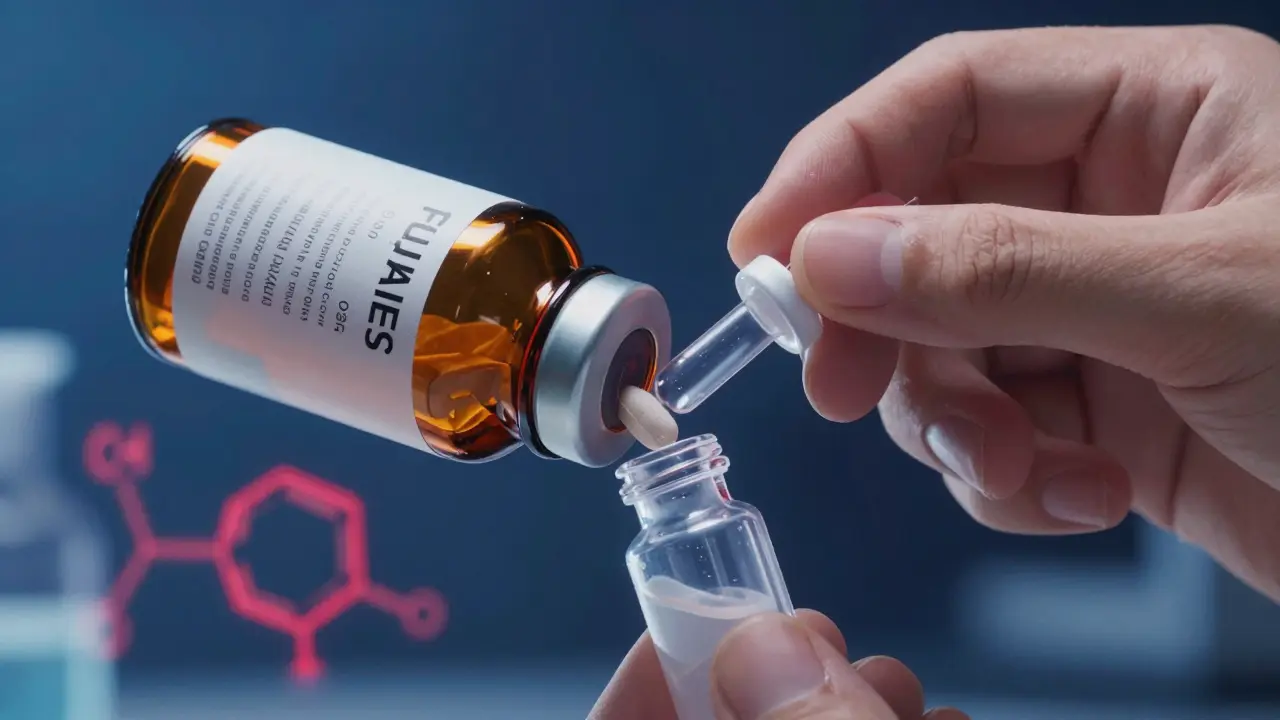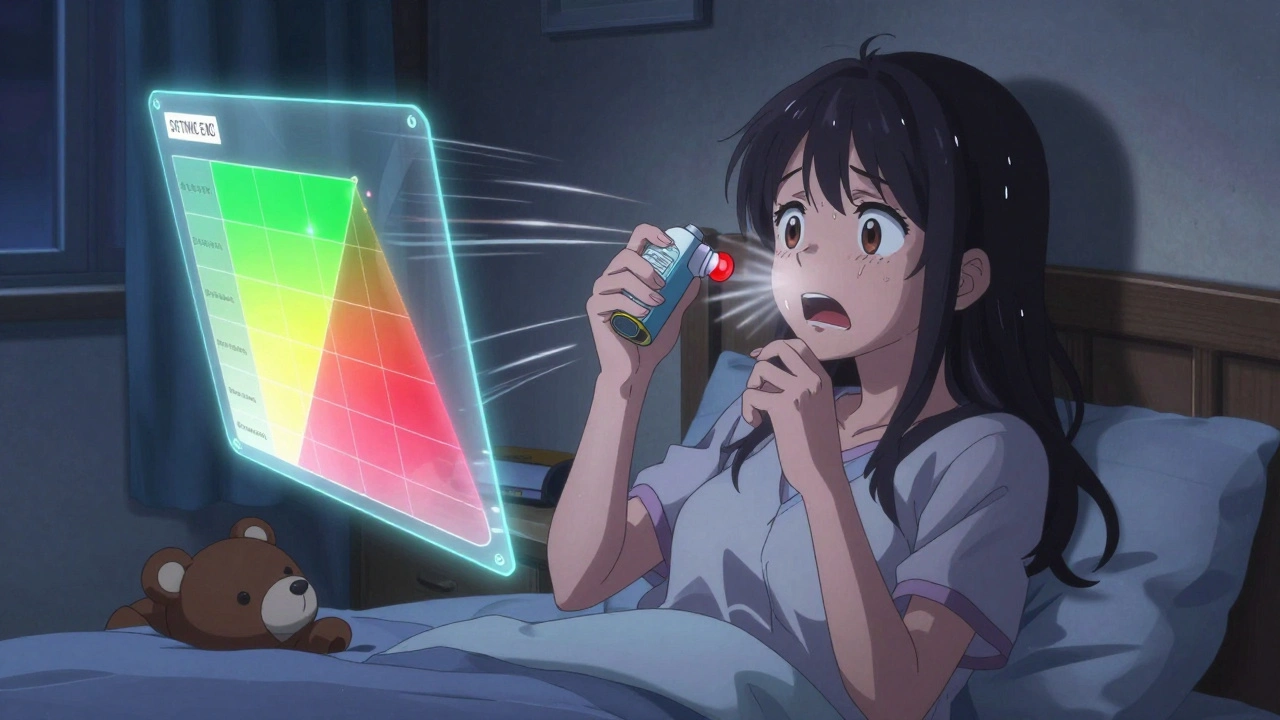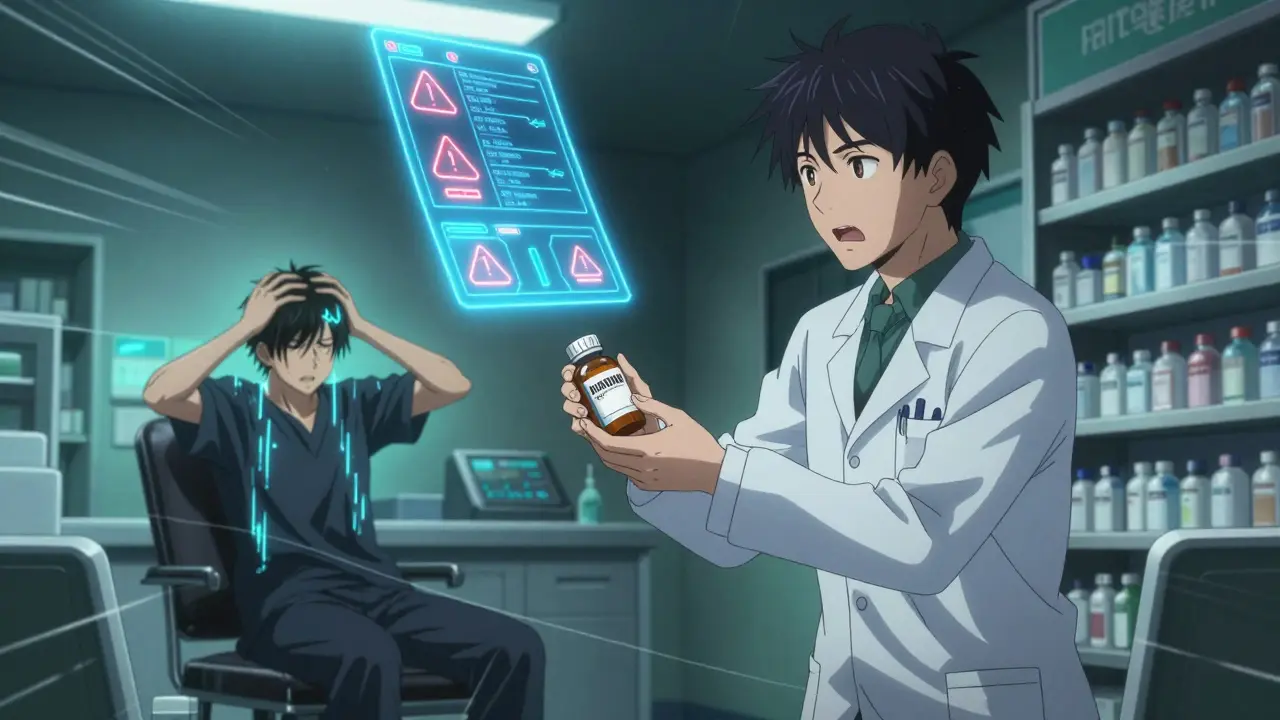Buy medicines online safely: a quick, practical guide
Buying medicines online can save time and money, but it can also lead to fake drugs or scams if you’re not careful. Start by asking: does this site require a prescription? Legit pharmacies always do for prescription meds. If a site skips prescriptions, walk away.
Check for clear contact details and a physical address. Real pharmacies show a phone number and let you talk to a pharmacist. If the only contact is a contact form or an offshore PO box, that’s a red flag. Also look for security: the web address should start with https and show a padlock icon before you enter payment details.
How to spot a legit online pharmacy
Verify seals and registration. In the US, look for VIPPS or NABP verification; in the UK, check the General Pharmaceutical Council (GPhC) listing; in Canada, CIPA membership helps. Don’t trust seals alone—click the seal to confirm it links to the certifier’s site. Read recent user reviews and search for complaints about counterfeit meds, missing orders, or bad customer service.
Compare prices and product detail pages. Genuine pharmacies list active ingredients, strengths, pill images, batch numbers, and expiry dates. If product pages are vague or use stock photos without specifics, that’s suspicious. Also watch for unrealistic discounts—drug-making costs mean huge markdowns are often scams.
Ways to save and stay legal
Use generics when appropriate; they’re cheaper but contain the same active ingredient. Ask your doctor if a generic is suitable. Use reputable coupon sites, loyalty programs, or bulk prescriptions to lower costs. Always keep your prescriptions and order records—customs or local authorities may ask for proof.
Choose secure payment methods. Credit cards or reputable payment services offer dispute options. Avoid wire transfers, crypto payments, or prepaid gift cards for first-time purchases—scammers prefer those. Check shipping policies and expected delivery times; track your package and inspect the package on arrival for tampering.
Keep your healthcare team in the loop. Tell your doctor and pharmacist about any online purchases and bring meds to appointments so they can confirm they’re genuine. Report suspicious sites to your local health authority or consumer protection agency—this helps others avoid harm.
If ordering across borders, check local laws and customs rules—some drugs are illegal to import. For controlled meds, never try to bypass prescription; you risk seizure and legal trouble. Ask the pharmacy how they ship temperature-sensitive drugs and whether cold packs or tracking are included. Keep the original packaging and inserts; manufacturers include batch numbers useful for verification. If a product looks damaged, contact the seller immediately and refuse delivery if seal is broken. Reporting counterfeit or harmful products to regulators like FDA or MHRA helps stop bad sellers today.
Quick checklist before you buy: prescription required, visible contact and license, HTTPS and real seals, detailed product info, secure payment, and reasonable price. If any item fails, don’t order. Online pharmacies are useful, but your safety and the quality of the medicine matter more than a bargain.
primedz.com Online Pharmacy Review: Safe, Fast Prescriptions Online
A deep dive review into primedz.com, uncovering if this online pharmacy is safe, trustworthy, and convenient for ordering prescription medicine from home.






